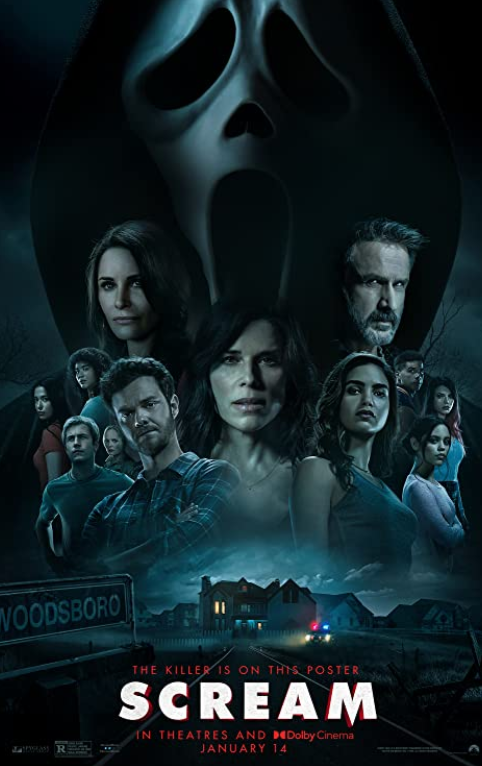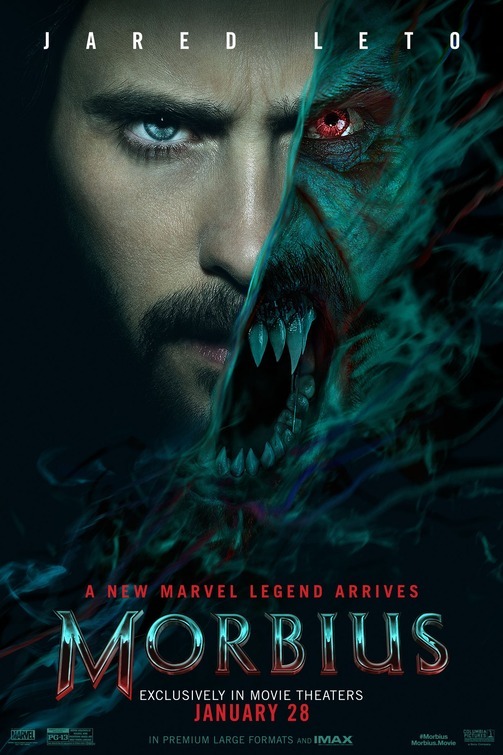Tzvetan Todorov:
In this theory, Todorov mentioned that there are 5 stages that a character will go through; those are Equilibrium, Disruption, Recognition Repair the Damage and Equilibrium Again. There are a lot of works that has been implementing this narrative structure in the story.
Steve Neale:
Neale believes that films of a type (genre, like romance or horror) should include features that are similar, so the audience know it is a horror film or romance, but also include features that are different, to keep an audience interested. This is his theory of repetition and difference
David Hesmondhalgh:
Most products are consumed when used and have to be bought again, but media products are bought once and continually used – they never wear out.
Cultural industries: Film, television, radio, music, books and press
Creative industries: Design, architecture and advertising.
Vladimir Propp:
Vladimir Propp was a folklorist researcher interested in the relationship between characters and narrative . Propp argued that stories are character driven and that plots develop from the decisions and actions of characters and how they function in a story.
Propps 8 different character types:
- The Hero
- The Helper
- The Villain
- The False Hero
- The Donor
- The Dispatcher
- The Princess
- The Princess’s Father
Stuart Hall:
Stuart Hall’s REPRESENTATION theory is that there is not a true representation of people or events in a text, but there are lots of ways these can be represented.
Culture is defined as a space of interpretative struggle. He argued that the media not only reflects reality but also “produces” it while “reproducing” the dominant cultural order, in particular the order inherited from the Empire.
Judith Butler:
JUDITH BUTLER questions the belief that certain gendered behaviours are natural, illustrating the ways that one’s learned performance of gendered behaviour (what we commonly associate with femininity and masculinity) is an act of sorts, a performance, one that is imposed upon us by normative heterosexuality.













